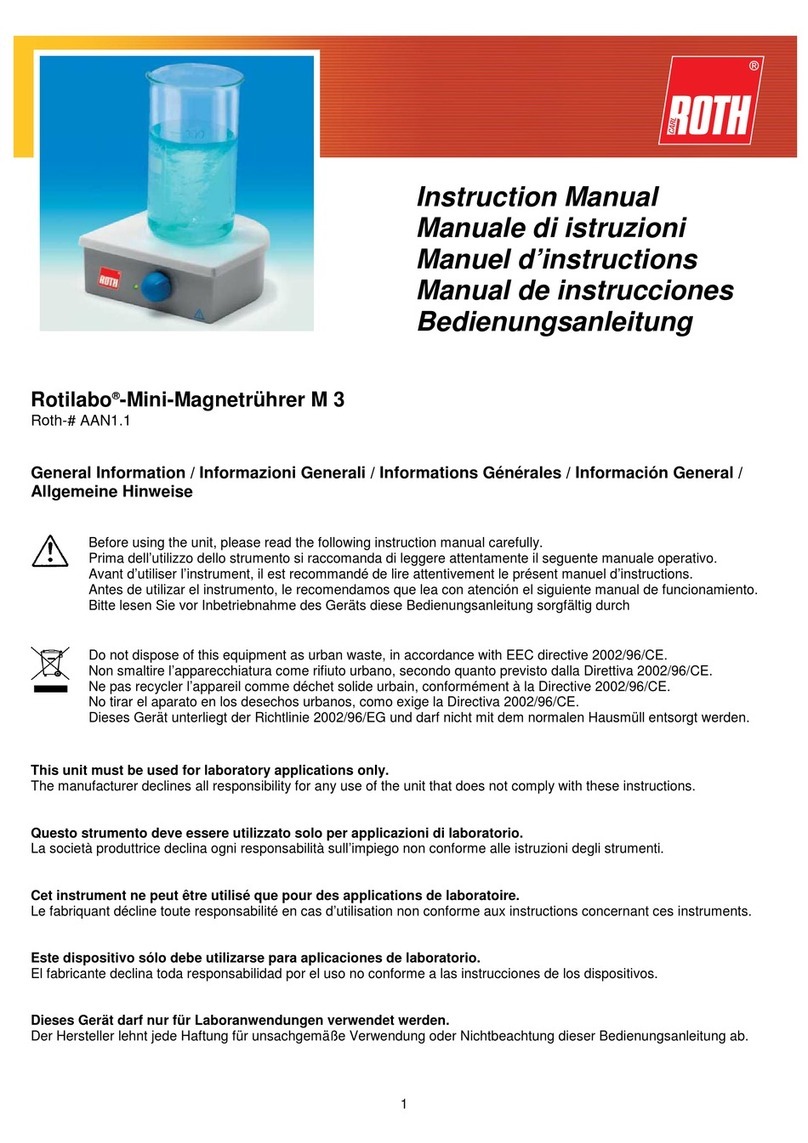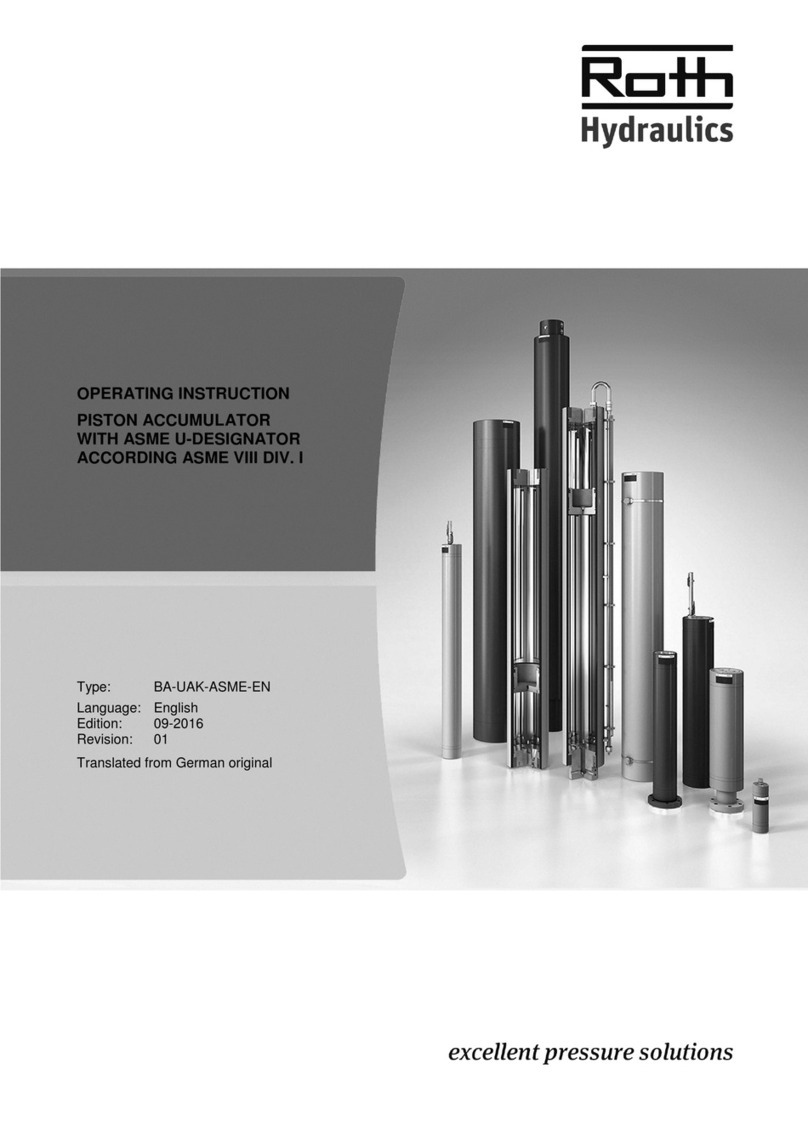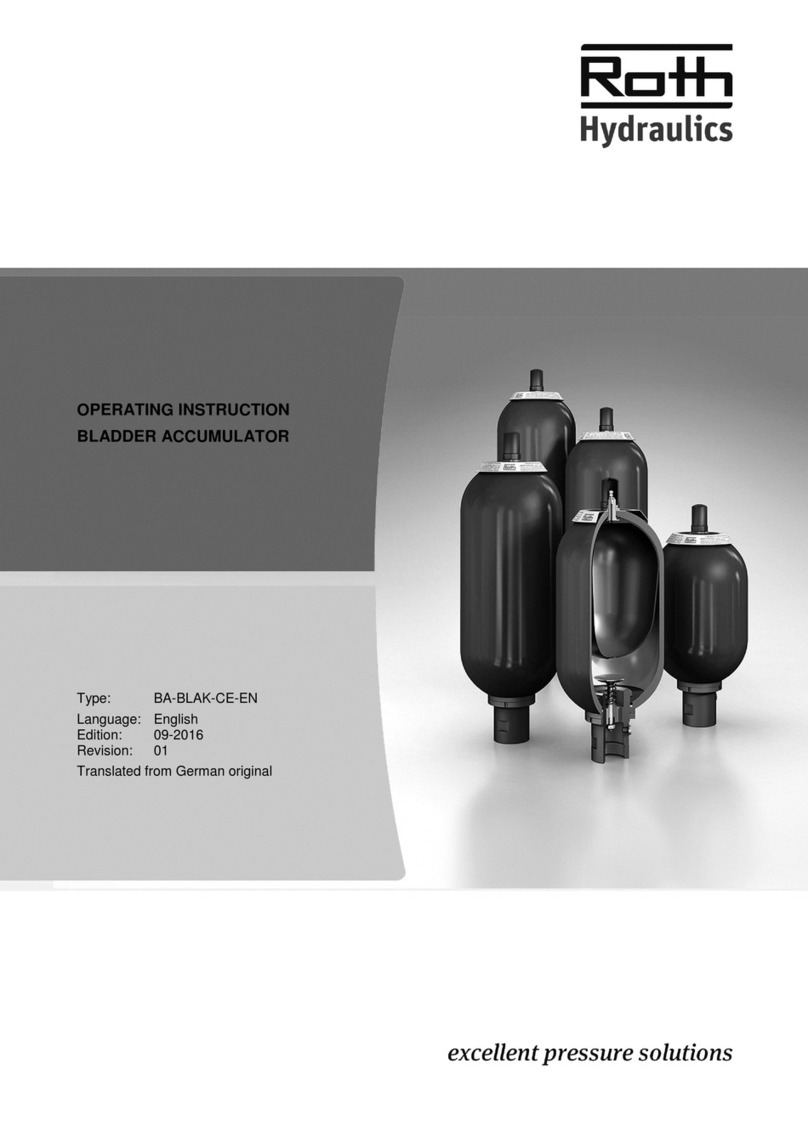LuciPac®A3 Aqua
From Kikkoman
For analysis of contamination of liquids via ATP/ADP/AMP measuring by Lumitester
PD30/Smart, e.g. for contamination monitoring of waters and waste waters.
1. Introduction
Using the LuciPac®A3 Aqua sampling pen, liquids can be tested quickly and easily for organic
contamination. The organic contamination of liquids, e.g. by bacteria, is indicated by the presence
of ATP/ADP/AMP in these samples. An enzyme/substrate complex in the LuciPac®A3 Aqua
sampling tube reacts with ATP/ADP/AMP to produce bioluminescence whose intensity correlates
directly with the amount of ATP/ADP/AMP present. The Lumitester PD30 and Lumitester Smart
(1E37.1) then determine the bioluminescence as a direct measure of original contamination. The
sampling comb ensures precise sampling of 150 μl with a deviation of ≤2 %. Test results are,
therefore, highly reproducible and comparable.
The unit is easy to operate, even by non-professionals. Just immerse the sampling comb into the
liquid. Then put the comb back into the tube and push it down into the reaction chamber. Shake
the tube until the reagents are released and measure the bioluminescence in the Lumitester PD30
or Lumitester Smart.
2. Shipment and storage
20 LuciPac®A3 Aqua each are packed in a resealable aluminium bag. Kits are to be stored at a
low temperature (2 °C to 8 °C (35.6 °F to 46.4 °F)) for long term storage. The kit can be stored
below 25 °C (77 °F) for up to 14 days or below 30 °C (86 °F) for up to 5 days before opening an
aluminum bag without any adverse effect on the long term stability. Do not freeze the device.
We recommend that you use all 20 sampling devices in a single bag at one time after opening an
aluminum bag. If you have leftover sampling devices that you must store after opening a bag, be
sure to store them at the recommended low temperature (2 °C to 8 °C (35.6 °F to 46.4 °F)) and
use them within two weeks after opening.
Expiry date: printed on the label of the aluminum bag. Store protected from light.
3. Comments on application, detection limits
The sampling stick (comb) of this device can collect up to 0.15 ml of water and ATP/ADP/AMP can
be measured from 10-11 mol/l to 10-6 mol/l using LuciPac®A3 Aqua combined with Lumitester PD30
or Lumitester Smart (1E37.1). Therefore, the minimum measurable level of bacteria would
correspond to about 104cells/ml calculated from said ATP content of 10-18 mol in a single
bacterium. Please be aware that you cannot detect very low concentration of bacteria by this
method.
For detection of very low amounts of bacteria, membrane filtering methods should be applied.
Please filter some bigger amount of liquid (typically 100 ml) through a membrane filter.
Subsequently, probe this filter with LuciPac®A3 (1ENH.1) and measure using the PD30 or
Lumitester Smart (1E37.1).



























